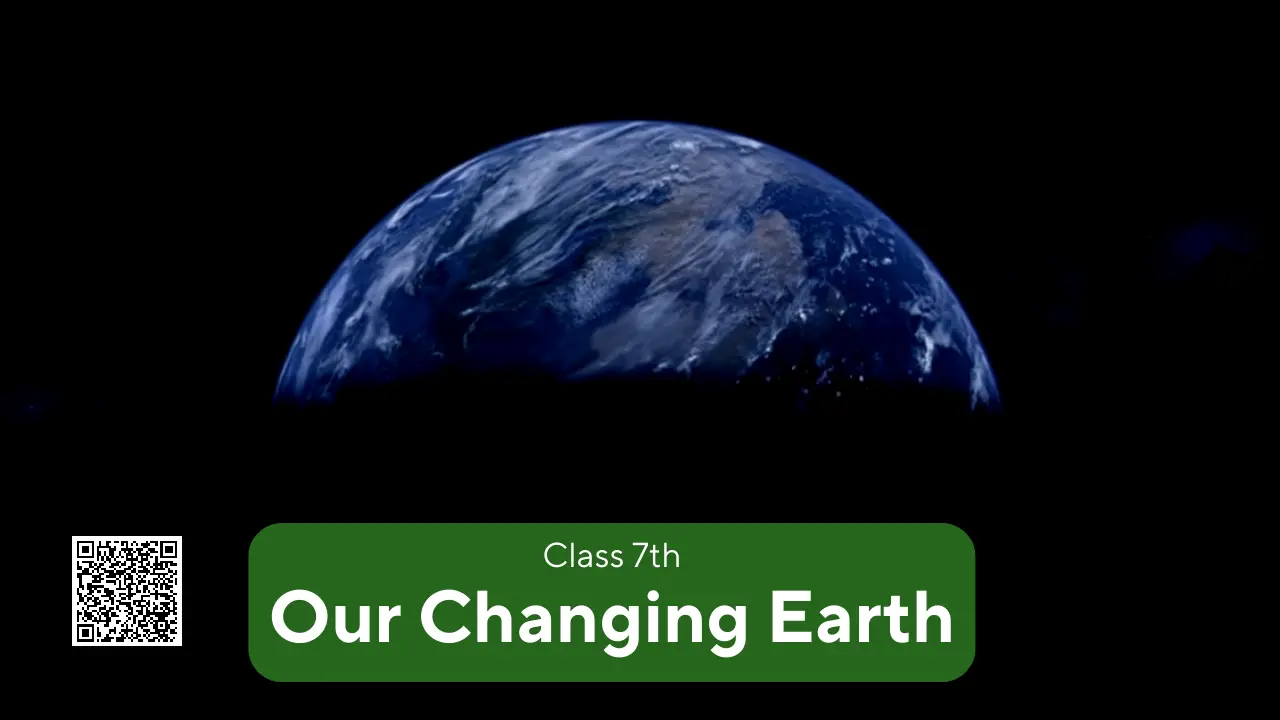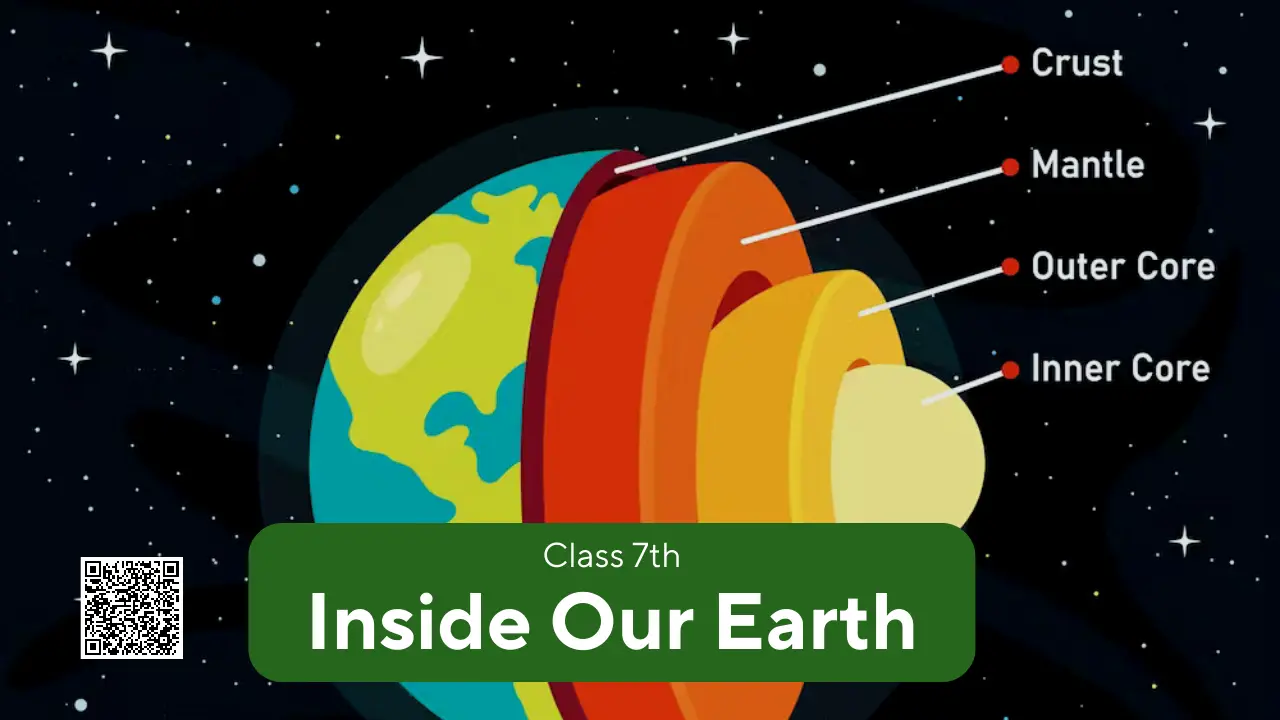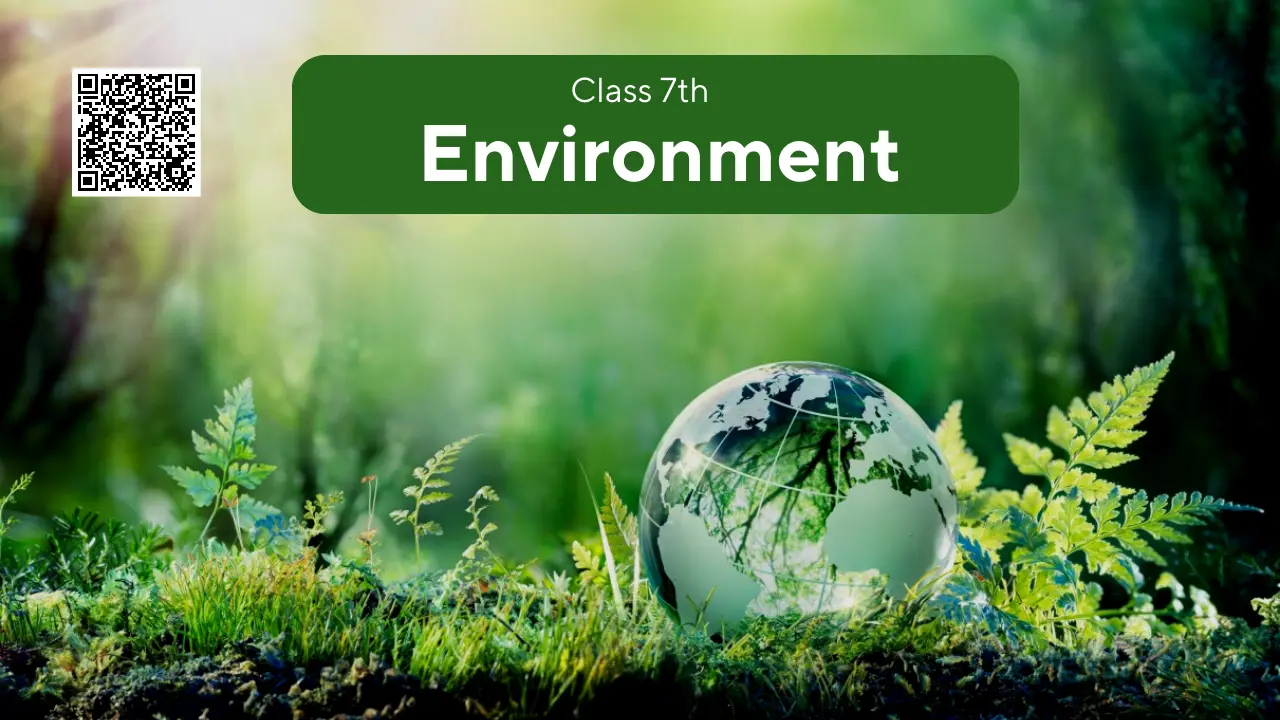1. Answer the following questions. (i) What is the atmosphere? Answer: The blanket of air surrounding the earth is called the atmosphere. The atmosphere primarily comprises nitrogen and oxygen in bulk and other gases like carbon dioxide, helium, ozone, etc. in …
Q 1. Answer the following questions. (i) Why do the plates move? Answer: The movement of molten magma inside the earth results in the movement of plates. (ii) What are exogenic and endogenic forces? Answer: The movement of the Earth is divided …
Our Earth is a dynamic planet. It constantly undergoes changes inside and outside. The interior of the Earth consists of crust, mantle and core. The earth’s crust is made up of various types of rocks. There are three major types …
Q 1. Answer the following questions. (i) What is an ecosystem? Answer: The system formed by the interaction of all living organisms with each other and with the physical and chemical factors of the environment in which they live, all linked by …
NCERT Solutions Class 7 Wastewater Story guides the students to segregate waste in a way to reduces water pollution. This chapter demonstrates the importance of water in balancing the ecosystem. Students will get to study the meaning of sewage, its …
People in urban areas are either self-employed or work for someone. They earn their living in various ways. It is also seen that various people travel from rural to urban areas in search of work and a better life. A …
In most of the rural areas of the world, a major portion of the population earns their living via farming. At the same time, other common livelihoods that these populations survive on include fishing, raising livestock and other non-farm activities. …
The 2011 Census reveals that there are 6,40,867 villages in India. If things have to run smoothly, the administration of these villages has to be extremely efficient. Take a look at the structure of rural administration in our country and …
Panchayati Raj refers to the system of local self-government in India. It was introduced by a constitutional amendment in 1992, although it is based upon the traditional panchayat system of the Indian subcontinent. The Panchayati Raj, originating from the Indian …
Look at the statements in the column on the left. Can you identify which level they belong to (Local/State/Central)? NCERT Solutions for Class 6 Civics (Social and Political Life) Chapter 2 Diversity and Discrimination Solution: Questions 1. What do you …
India is well known for its diversity of people who speak different languages, living together as a community. What distinguishes India from other diverse nations is its unity that has stayed despite various conflicts that exist in society. People from different caste, …
Everyone on this earth differs from each other in terms of appearance, behaviour, culture, region and so on. India can be considered a country of vast diversity. Understanding diversity means comprehending that each individual is unique. It also means recognising …
NCERT Solutions are useful for students to score well in examinations. For the students’ benefit, we have provided detailed solutions to Chapter 7 Our Country – India. The solutions are written precisely and provide in-depth knowledge for a better understanding …
The earth is the only planet which has life. The surface of the earth is a complex zone where the three main components of the environment meet, overlap and interact. There are four major domains of the Earth, and they …
Maps are a type of plot or guide that is used for direction. It is used to predict and figure out where things are located. Maps help us to understand the complications of our large-sized Earth in an easy way. …
The Earth has two types of motions, which lead to seasons and day-night patterns. These motions are – rotation around its own axis and revolution around the Sun. Rotation means the movement of the Earth on its axis. It rotates …
















